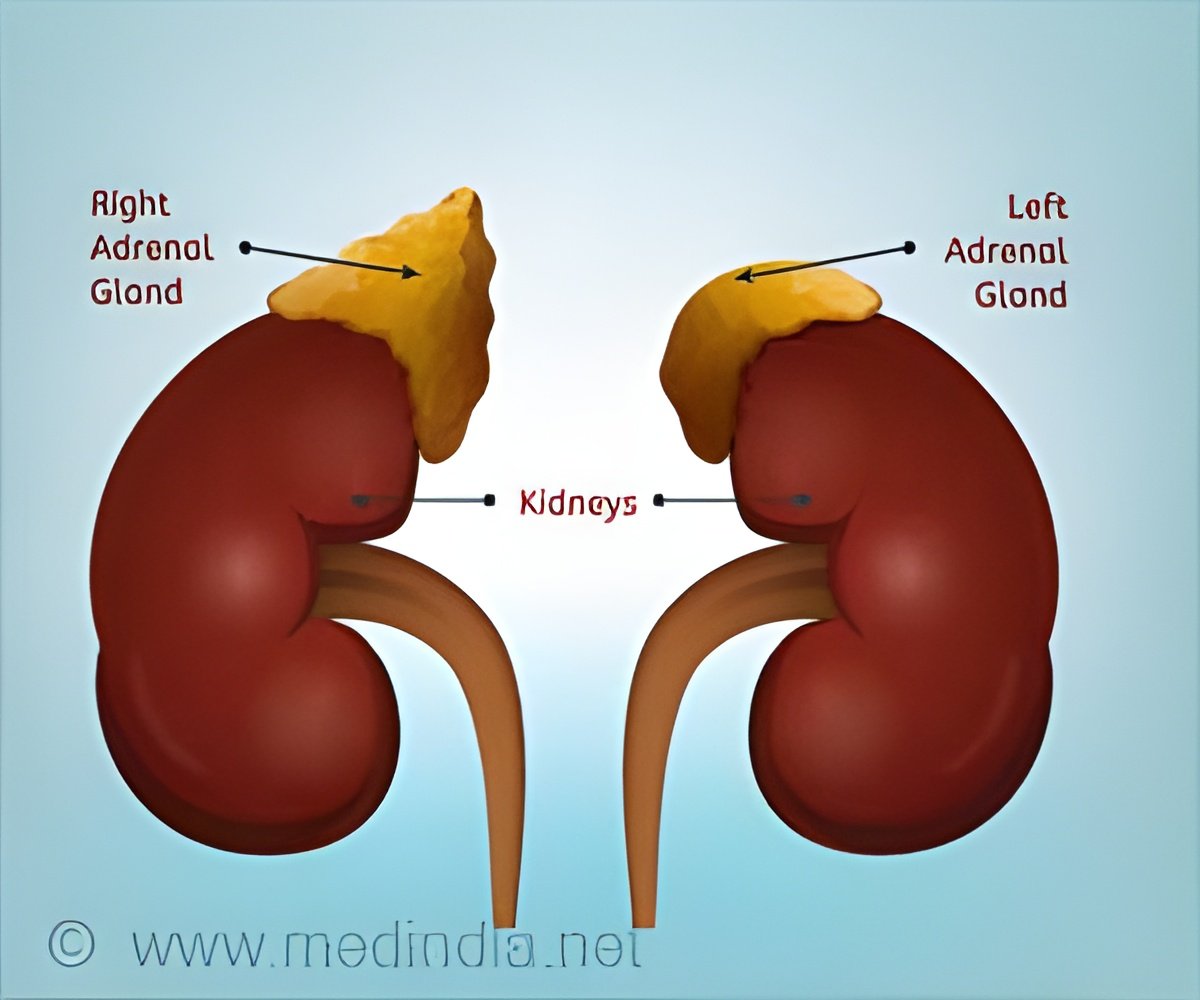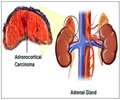
‘Altering the steroid-producing cells (hiSCs) can help treat adrenal gland disorders.’
Tweet it Now
The new study was published in Cell Reports by a research team from Queen Mary University of London.Lead author Dr Leonardo Guasti from Queen Mary's William Harvey Research Institute said: "It is a first step in generating an artificial adrenal gland which would benefit all patients with adrenal insufficiency. Regenerative medicine application for adrenal disorders have been neglected compared to other endocrine fields, such as the word-wide effort to generate functional endocrine pancreas to cure type-I diabetes. This study closes this gap."
In the research, the authors describe for the first time the generation of steroid-producing cells (named human inducible steroidogenic cells, hiSCs) from skin, blood and urine of healthy donors and patients with congenital adrenal disorders. This process is generally called reprogramming.
hiSCs were used to model adrenal diseases in a dish and provided a platform to test interventions for new personalised treatments. The viability of hiSCs in vivo was also tested through implantation experiments in mice.
Reprogramming was achieved by forcing the expression of a single protein (a transcription factor) and the activation of two signalling pathways.
Advertisement
The steroid profile of hiSCs generated from patients with a monogenic adrenal disorder (congenital adrenal hyperplasia) was altered, in keeping with their profile at diagnosis. When the non-mutated gene was re-introduced into these cells, the steroid profile was back to normal, and similar to that observed in hiSCs obtained from healthy donors.
Advertisement
Source-Eurekalert











